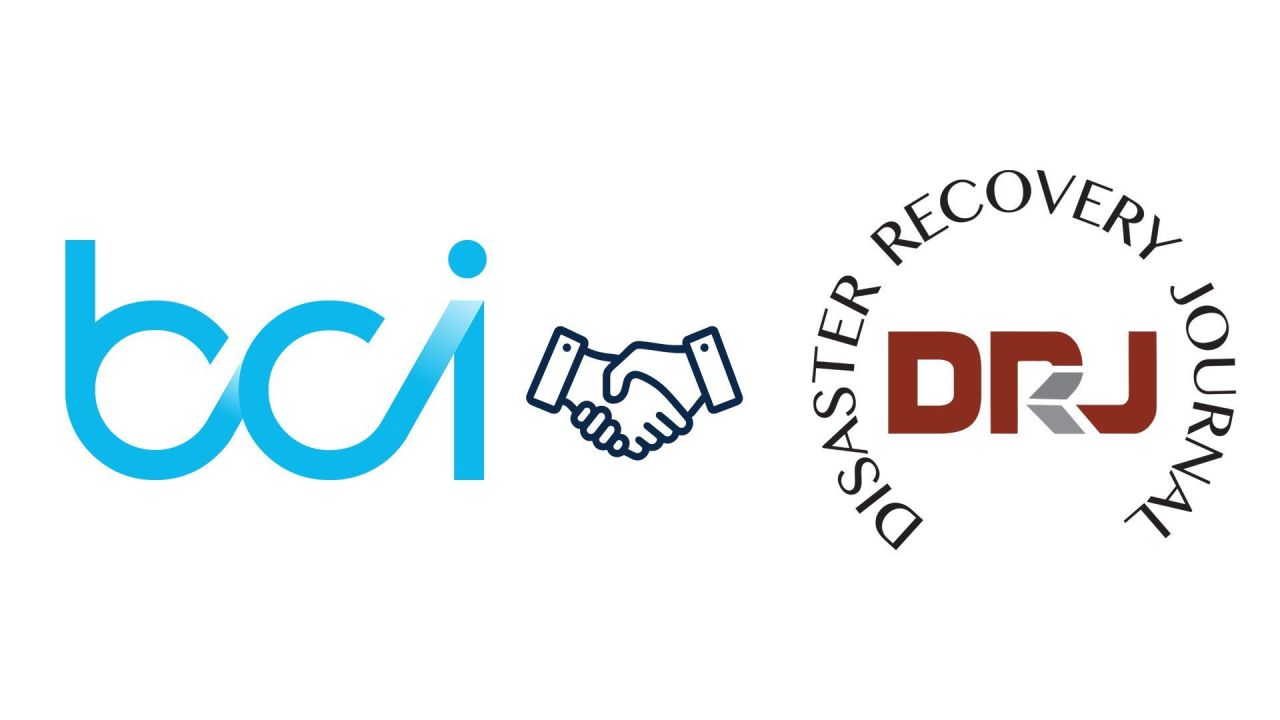Learn which KPIs truly matter to senior leadership and how data-driven insights elevate business continuity from operational necessity to strategic governance.
BCI Emergency and Crisis Communication Report 2023 - Breakdown

The Business Continuity Institute recently launch edits 2023 Emergency and Crisis Communication Report, identifying many interesting observations.
In this summary, you'll find highlights from the report on some of the more interesting findings as compiled by PremierContinuum's continuity and resilience consultants. You will learn more about:
- The current main trends in emergency and crisis communication
- The most used functionalities of emergency and crisis communication tools in the field
- The most commonly encountered emergency and crisis communication obstacles
- How BCM software like ParaSolution help you manage emergency and crisis communication
Source: BCI Emergency and Crisis Communications Report 2023, published on February 21, 2023
1. Emergency and crisis communication main trends
70.5% of organizations use technology to manage crisis communications (+9.3% YoY).
Historic levels have been reached in the use of emergency and crisis communication digital tools. Of these, 81.4% use SaaS (Software-as-a-Service) solutions, while 18.6% are on installed software.
The report also states that “In 2023, 78.2% of organizations who used SaaS as their tool of choice were able to activate their emergency communication plans within 30 minutes, compared to 58.6% of organizations using on premises solutions.”
Mobile phones remain the #1 device to manage emergency communications.
- Mobile phones (95.9%)
- Computers/laptops (94.0%)
- Walkie-talkies/radios (27.7%)
- Desk phones (25.2%)
- Tablets (23.6%)
Tablet usage saw a significant decrease of 11 percentage points compared to 2022 (34.6%). This decrease ispartly related to the decrease in the general use of tablets.
Email remains the #1 mean of communication in times of crisis.
Among the most used methods of communication identified:
- Email (70.6%)
- An enterprise messenger (66.1%)
- Text message/SMS (56.1%)
Just over a third of organizations use emergency communications management software. Among those who do not, the primary reason is that there is no defined budget (34.8%). Others report that their organization is too small (15.7%) and others stated that they do not see the advantages of such a tool (13.5%).
Severe weather events are the top trigger for plan activation (49.4%)
- Disease outbreaks and epidemics fell to the 5th most common activation trigger, whereas they were the top trigger for the last 2 years.
- An IT or telecommunication related incident was the second most frequent trigger event at 43.3% (compared to 42.0% last year).
Flash poll: In your opinion, what is the "Golden 5 minutes"?
A) A target time to escalate information to Senior management
B) The crucial timeframe to activate crisis communication response plans
C) The ideal time to respond to customer requests
The right answer is B.
Only one on four organizations can respect the Golden 5 minutes.
In incident management, the Golden 5 minute is the new standard which organizations target to activate their response plans. Previously the standard was to achieve the "golden hour", however many specialized software programs are equipped to activate plans more quickly.
- 92% of organizations are able to activate their emergency communication plans within 60 minutes.
- 73% of organizations are able to do so within 30 minutes.
- One in four organizations are now able to activate within the “golden five minutes”.
2. Which organizations are looking for emergency and crisis communication tools?
The capacity to “alert and organise a high number of people very fast” remains the #1 feature of an emergency communication tool (85.9%)
Other popular choices include:
- Crisis handling (46.1%)
- Enable communications teams (43.7%)
- Employee safety (41.8%)
- Emergency planning (34.5%)
48.6% of organizations consider “one-way / mass communication” to be of critical importance.
According to the BCI report, organizations view collaboration as critically important: "Enable expert teams to collaborate easily and in real time” (42.9%), “Constant exchange of information to enable decision making” (42.7%) and “Effective communications with remote teams” (35.6%).
In summary, communication and collaboration are considered critical or of great importance.
3. Obstacles to effective crisis communication
“Gathering, validating and sharing accurate information” is the #1 challenge during notification/crisis management
Among the key challenges identified, there are : “Getting staff to follow planned procedures”, “Keeping an overview of situation/current status” and “Communicating with staff”.
The human factor is one of the causes of failure in achieving accepted response levels
- 46.2% is due to “Lack of accurate staff contact information”
- 33.9% to ”Lack of understanding from recipients”
- 24.6% to “Failure of manual processes”
Frequency of training
According to BCI “There has been an increase in frequency of organizations carrying out emergency communications training this year, with more than a third of organizations (36.3%) carrying out training twice a year or more (2022: 24.0%)”.
Also, 21.1% of organizations have their plans exercised twice year and 40.7% once a year.
Get your copy of the report : www.thebci.org

All information is taken from the BCI report and all credits go to The Business Continuity Institute (BCI).
How ParaSolution can help
As a leading business continuity management software, ParaSolution assists organizations across all industries with the planning and implementation of crisis management and incident response measures including the activation of plans.

ParaSolution is able to identify and address the crisis management and incident response requirements of an organization. ParaSolution empowers its clients to do the following and more:
- Orchestrate the efficient management of the incident/crisis
- Facilitate timely situational awareness
- Understand which teams or priority activities are impacted by the situation
- Alert/mobilize the various crisis management teams and relevant support teams
- Clarify roles and responsibilities in the event of an incident
- Communicate quickly and securely with your teams and follow up on tasks
- Enable access to plans when network connectivity to an organization’s Information Technology environment is no longer functional
Contact our experts to learn more about ParaSolution’s Crisis Management and Emergency Notification Module
All information is taken from the BCI report and all credits go to The Business Continuity Institute (BCI).








